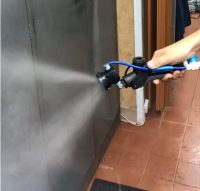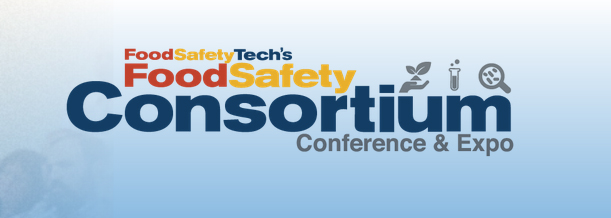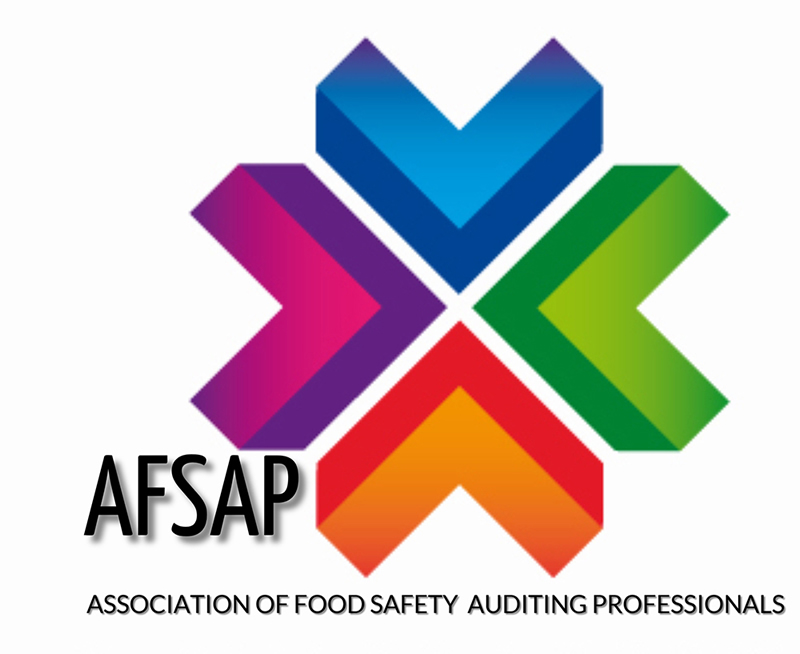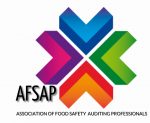“Food safety plan” is a term often used in the food industry to define an operation’s plan to prevent or reduce potential food safety issues that can lead to a serious adverse health consequence or death to humans and animals to an acceptable level. However, depending on the facility, their customers, and or regulatory requirements, the definition and specific requirements for food safety plans can be very different. To ensure food safety, it’s important that the industry finds consensus in a plan that is vetted and has worked for decades.
One of the first true food safety plans was HACCP. Developed in 1959 for NASA with the assistance of the food industry, its goal was to ensure food produced for astronauts was safe and would not create illness or injury while they were in space. This type of food safety plan requires twelve steps, the first five of which are considered the preliminary tasks.
- Assemble a HACCP team
- Describe the finished product
- Define intended use and consumer
- Create process and flow diagram
- Verify process and flow diagrams
This is followed by the seven principles of HACCP.
- Conduct the hazard analysis
- Identify critical control points
- Establish critical limits
- Establish monitoring requirements
- Establish corrective actions for deviations
- Procedures for verification of the HACCP plan
- Record keeping documenting the HACCP system
HACCP is accompanied by several prerequisites that support the food safety plan, which can include a chemical control program, glass and brittle plastics program, Good Manufacturing Practices (GMPs), allergen control program, and many others. With these requirements and support, HACCP is the most utilized form of a food safety plan in the world.
When conducting the hazard analysis (the first principle of HACCP), facilities are required to assess all products and processing steps to identify known or potential biological, chemical and physical hazards. Once identified, if it is determined that the hazard has a likelihood of occurring and the severity of the hazard would be great, then facilities are required to implement Critical Control Points (CCP) to eliminate or significantly reduce that identified hazard. Once a CCP is implemented, it must be monitored, corrective actions developed if a deviation in the CCP is identified and each of these are required to be verified. Records then also need to be maintained to demonstrate the plan is being followed and that food safety issues are minimized and controlled.
HACCP is, for the most part, the standard food safety plan used to meet the Global Food Safety Initiative (GFSI) standards. This is utilized in various third-party audit and customer requirements such as FSSC 22000, SQF, BRC, IFS and others. These audit standards that many facilities use and comply with also require the development of a food safety management system, which includes a food safety plan.
Further, HACCP is often used to demonstrate that potential food safety issues are identified and addressed. FDA has adopted and requires a regulated HACCP plan for both 100% juice and seafood processing facilities. USDA also requires the regulated development of HACCP for meat processing and other types of facilities to minimize potential food safety issues.
For facilities required to register with the FDA—unless that facility is exempt or required to comply with regulated HACCP—there is a new type of food safety plan that is required. This type of plan builds upon HACCP principles and its steps but goes beyond what HACCP requires. Under 21 CFR 117, specific additions assist in identifying and controlling additional food safety hazards that are on the rise. This includes undeclared allergen recalls, which constituted 47% of recalls in the last reportable food registry report published by FDA.
Prior to developing this plan, FDA provided recommendations for preliminary steps that can be completed and are essential in development of a robust food safety plan but are not a regulatory requirement. The steps are very similar to the preliminary tasks required by HACCP, including the following:
- Assemble a food safety team
- Describe the product and its distribution
- Describe the intended use and consumers of the food
- Develop a flow diagram and describe the process
- Verify the flow diagram on-site
Their recommended plan also requires a number of additional steps, including:
- A written hazard analysis. Conducted by or overseen by a Preventive Controls Qualified Individual (PCQI). However, this hazard analysis requires assessing for any known or reasonably foreseeable biological, chemical, physical, radiological, or economically motivated adulteration (food fraud that historically leads to a food safety issue only). You may note that two additional hazards—radiological and EMA—have been added to what HACCP calls for in the assessment.
- Written preventive controls if significant hazards are identified. However, similar preventive controls are different than a CCP. There are potentially four types of preventive controls that may be utilized for potential hazards, including Process Preventive Controls (the same as CCP), Allergen Preventive Controls, Sanitation Preventive Controls, Supply Chain Preventive Controls and Others if identified.
- A written supply chain program if a Supply Chain Preventive Control is identified. This includes having an approved supplier program and verification process for that program.
- A written recall plan if a facility identified a Preventive Control.
- Written monitoring procedures for any identified Preventive Control that includes the frequency of the monitoring what is required to do and documenting that monitoring event.
- Written corrective actions for identified Preventive Controls in case of deviations during monitoring. Corrective actions must be documented if they occur.
- Written verification procedures as required. This could include how monitoring and corrective actions are verified, procedures themselves are verified, and calibration of equipment as required. Also required is training, including a Preventive Control Qualified Individual. Additional training is required for those individuals responsible for performing monitoring, implementing corrective actions, and verification of Preventive Controls. Further, all personnel need to have basic food safety training and all training needs to be documented.
While the term “food safety plan” is used widely, it’s important that operations don’t just use the term, but enact a plan that is vetted, proven to work, and encompasses the principles of HACCP. Doing so will help ensure that their facility is producing foods that customers and consumers will know is safe.






















